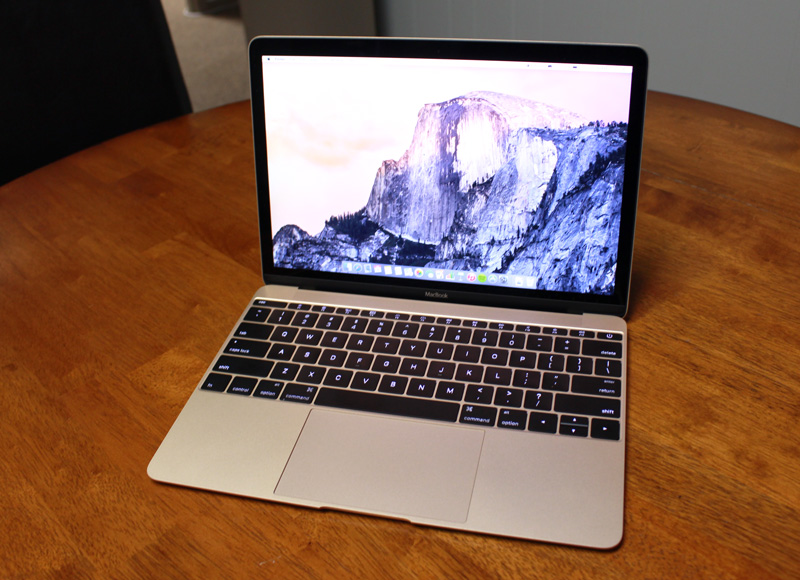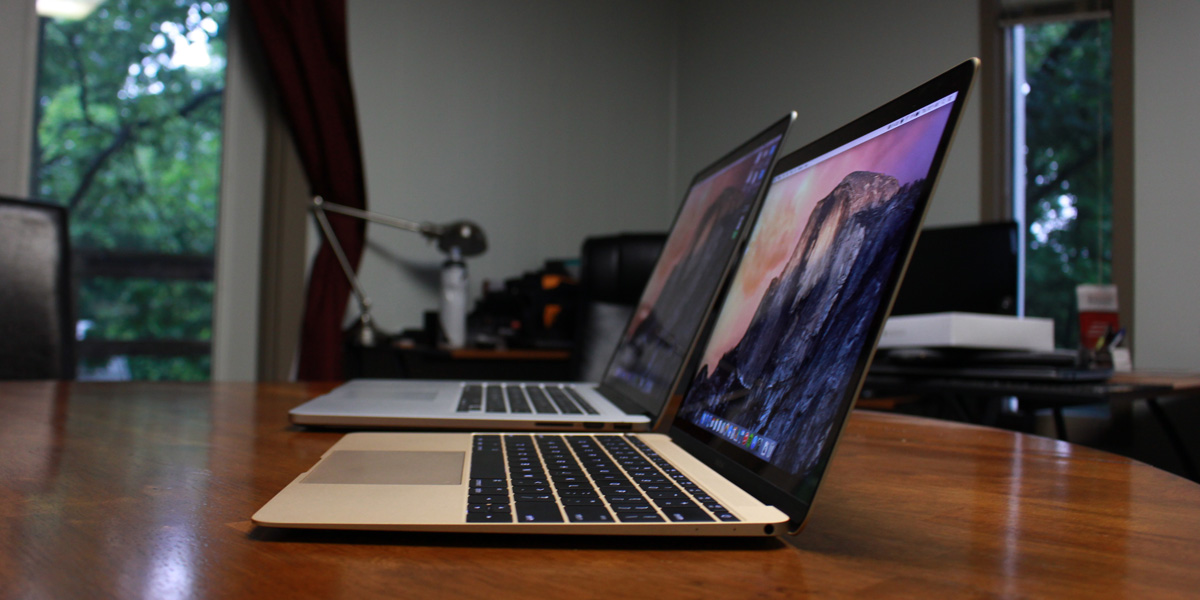The New MacBook and the Wave of "Ultrabooks"

MacBook Features
The MacBook, weighing in at 2 pounds, is extremely convenient to take anywhere, whether you stay at home, spend the day at the office, or visit a dozen clients. It has a crystal clear ultra-HD screen, a 256GB-512GB solid state drive, and 8GB of RAM. All of this is powered by the new Intel Core M processor. The processor is less powerful than most processors in other larger computers, but it's small, efficient, and fan-less, allowing for upwards of 8-14 hours of battery life, depending on use. The MacBook is unique in that it only has 2 ports: the new USB type C, and a headphone jack. This makes it limited in how much can be connected with physically, but Apple is pushing for a more wirelessly connected world.
Who Is It For?
The new MacBook is great for people and businesses who rely on web browsing, email, word processing, and most day-to-day computing tasks. It's very easy to transport and use for meetings and anything on-the-go. Certain limitations may include the 12" screen size, a processor not ideal for heavy video or graphic processing, and limited options in connectivity. For the majority of standard users, however, ultrabooks like this are excellent options for a computer and meet the criteria of most of their networking and technological needs.
Other Options
Apple is known for using quality hardware and for extended reliability, but also for being very expensive devices. Windows is the world's most popular operating system; many Windows ultrabooks have surfaced in the last few years as well. They are typically less expensive and offer more connectivity (USB 3.0 ports, HDMI, etc.). Examples include the Lenovo ThinkPad X1 Carbon, ASUS Zenbook UX305, Dell XPS 13, Microsoft Surface Pro 3, and the Samsung Ativ Book 9. These offer a variety of storage options, among other configurations to customize according to your needs. This flexibility may be more appropriate for small businesses; however, the MacBook is still certainly worth considering – especially if you are already running other Apple devices.
Conclusion

About the author
For over a decade, Igniting Business has established itself as a comprehensive resource for small businesses looking to succeed and grow to the next level. Our team works with small businesses all over the nation from our headquarters in Lee’s Summit, MO (Kansas City area). Our services include the full spectrum of web design, search engine optimization (SEO), and digital marketing.
Igniting Business’ team consists of SEO, web design, and digital marketing experts. Some of our certifications and partnerships include:
Igniting Business’ team consists of SEO, web design, and digital marketing experts. Some of our certifications and partnerships include:
- Google Partner
- Google Ads Certified
- Shopify Partner
- MailChimp Experts
- Joomla Service Provider
- YOOtheme Pro Experts
Additionally, our staff has been featured on news outlets including Fox Business, CNBC Universal, Intuit Small Business, Yahoo News, The Kansas City Star, and more.
For more web design, marketing, and SEO tools and tips from Igniting Business, check out our resources page.
To learn more about our company and our leadership, view our full company profile.
